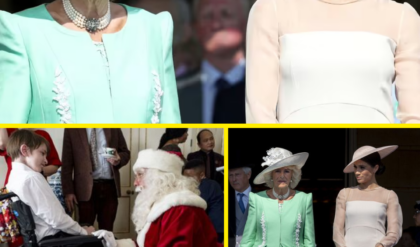Stranger Things star Gaten Matarazzo opens up about how his cleidocranial dysplasia condition was incorporated into the character of Dustin Henderson. Cleidocranial dysplasia is a rare genetic disorder affecting bone formation that Matarazzo had since he was born. Back in season 1, long before Stranger Things season 5, Dustin is bullied by other students at his school because of his cleidocranial dysplasia, which contributes to his lisp and lack of front teeth.
Remove Ads
While on Mythical Kitchen, Matarazzo revealed how conversations with showrunners Matt and Ross Duffer led to cleidocranial dysplasia being part of season 1’s bullying storyline. He discusses how Dustin was initially a thinly developed character and that the Duffer brothers sought to flesh him out more by providing a personal reason for why Dustin was being bullied. He breaks down the collaborative conversations he had that led to cleidocranial dysplasia becoming an important part of the Netflix series. Read his comments below:
Eventually, I would go on to book it. They were writing it. Dustin was a pretty underdeveloped character and they wanted a reason. They were very sensitive about approaching the topic and they were really responsible about it, kind about it, collaborative. This is a good thing. And it felt really good, the way they approached it, but they needed a reason for the school bullies to pick on me. And they were like, we’ve been there. We know that sometimes when you have presenting differences, you get picked on as a kid, especially back in the eighties.
I was thirteen years old. I didn’t have my front teeth. It was apparent. I had a lisp. And so it was something that they approached me about and I was like, absolutely. Then come to find out that that that would be what propelled the platform for people with cleidocranial dysplasia for the first time, which was really exciting.
Remove Ads
What This Means For Stranger Things
It Strengthened The Show In Multiple Ways
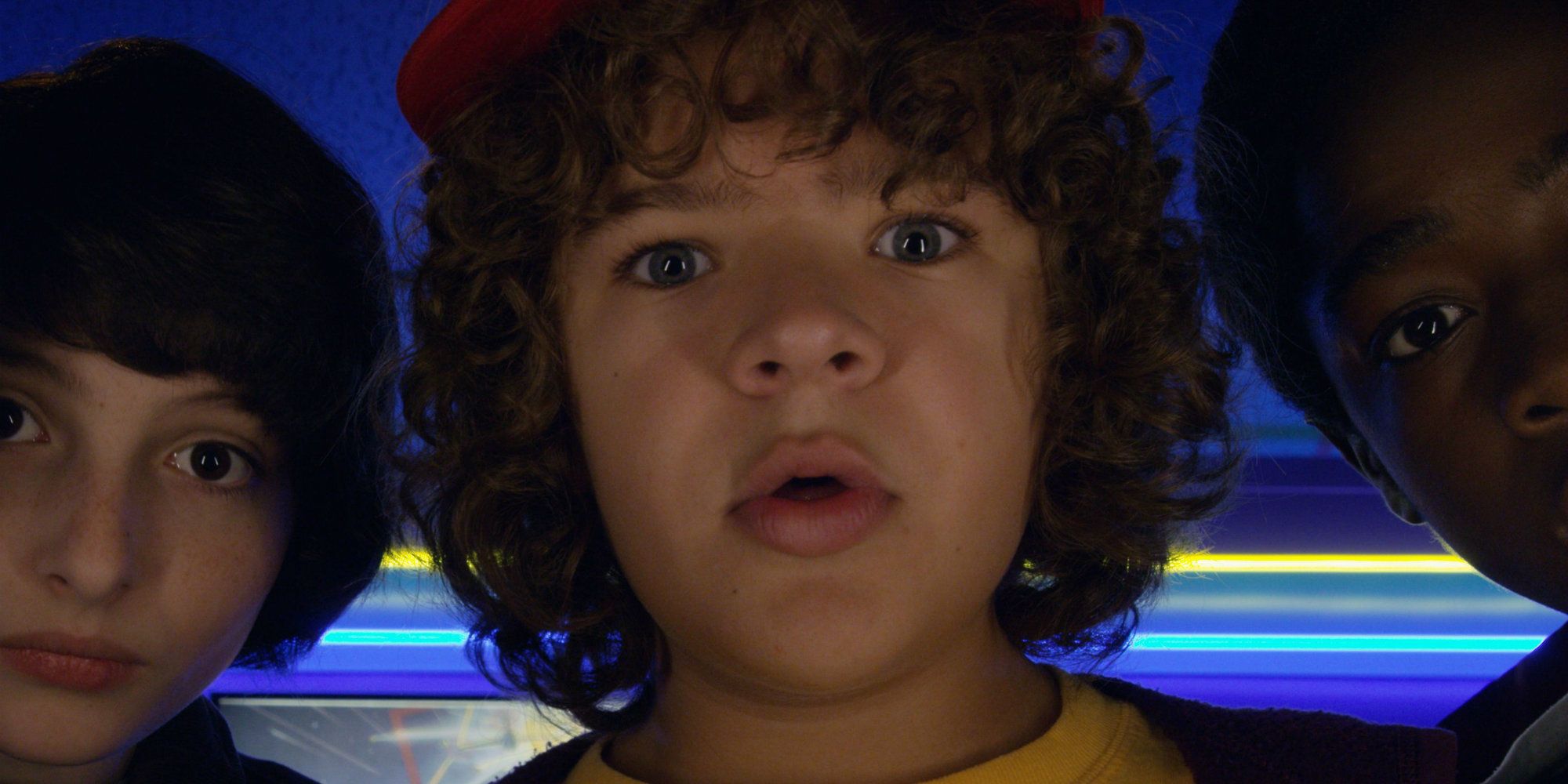
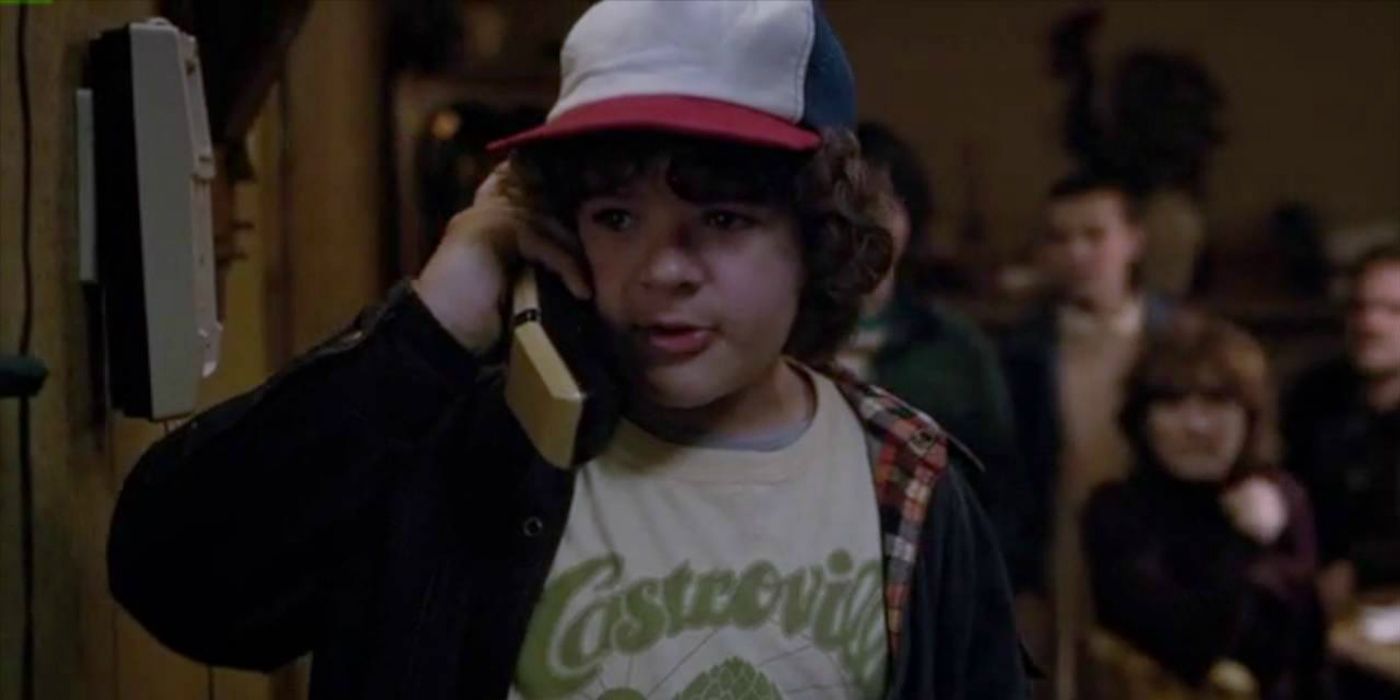
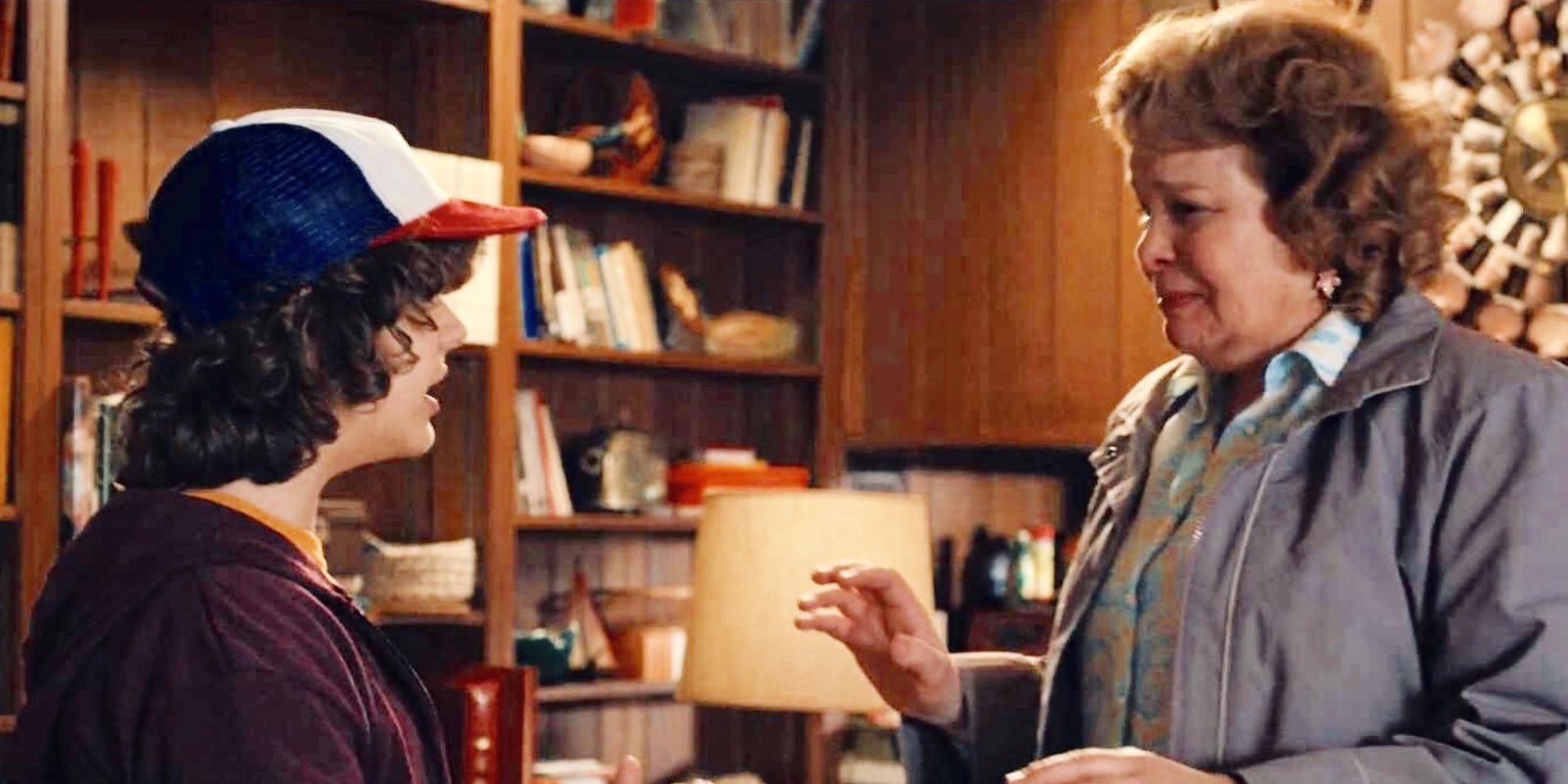
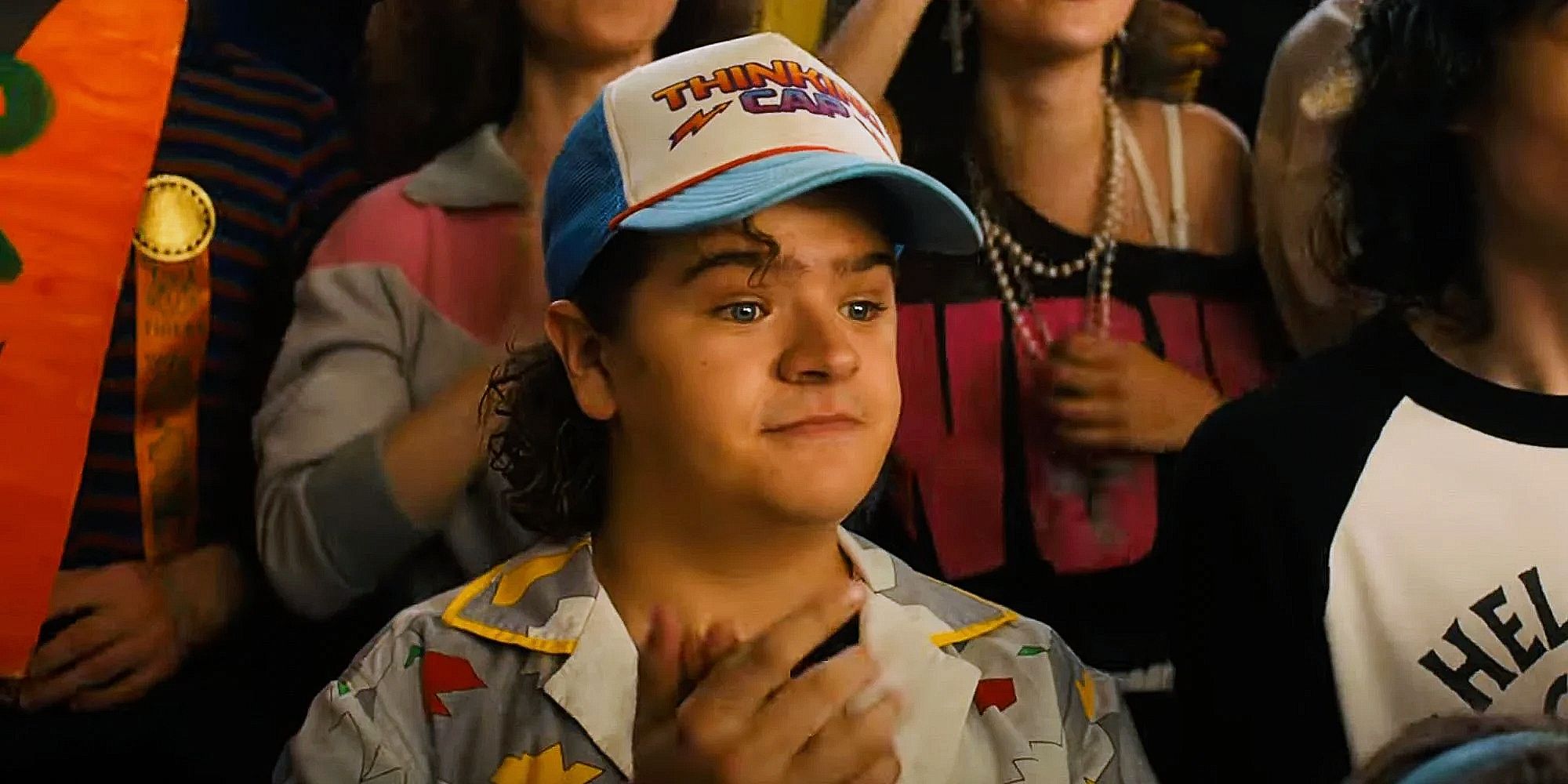
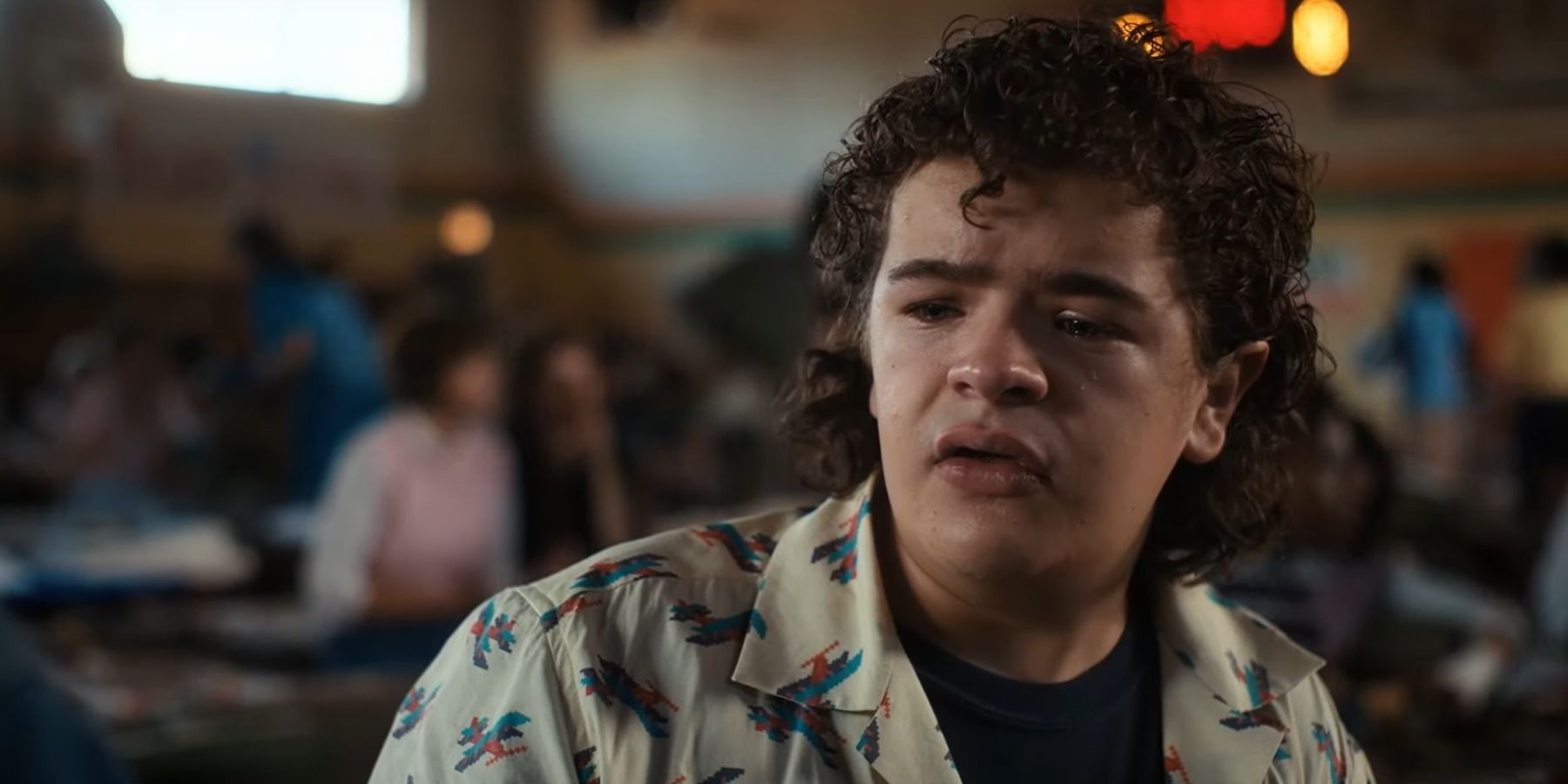





Matarazzo’s cleidocranial dysplasia made Stranger Things season 1 stronger and provided important representation. It made the bullying feel even more cruel than it already was and contributed to Dustin feeling like an outsider, which made his bond with Mike, Lucas, Will, and Eleven become all the more special. This added more emotional depth to the story and was more compelling than Dustin being bullied for a generic reason that could have made his character feel less authentic.
The collaborative and sensitive way that the Duffers approached this helped and cemented a respectful partnership with Matarazzo that would continue throughout the rest of the series. By having Dustin’s cleidocranial dysplasia at the forefront of Stranger Things, and as a Netflix series that became a popular culture phenomenon, this provided vital representation and led to greater awareness about the condition. Stranger Things became bigger than the Duffers, Matarazzo, or anyone initially imagined, which led to more understanding of cleidocranial dysplasia and its effects.
Our Take On Gaten Matarazzo’s Comments
He Proves Again That Stranger Things Is More Than A Popular Show
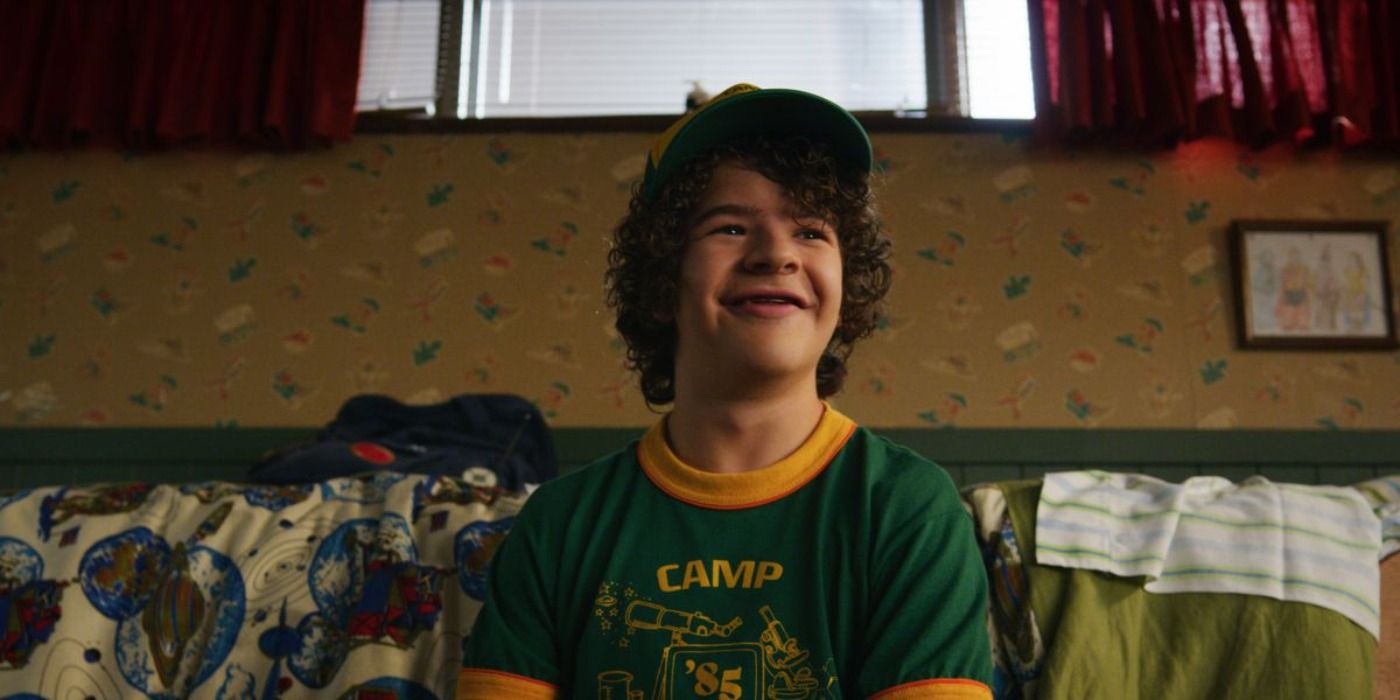
Even at age 13, Matarazzo was already mature and wise beyond his years as he realized the value of showcasing cleidocranial dysplasia as an integral part of Dustin’s character. While this began for the narrative purpose of giving the bullies a specific reason to pick on Dustin, it became much larger than that, with Matarazzo explaining that it “propelled the platform for people with cleidocranial dysplasia for the first time.” It is another powerful example of how Stranger Things is more than just a popular Netflix series.

